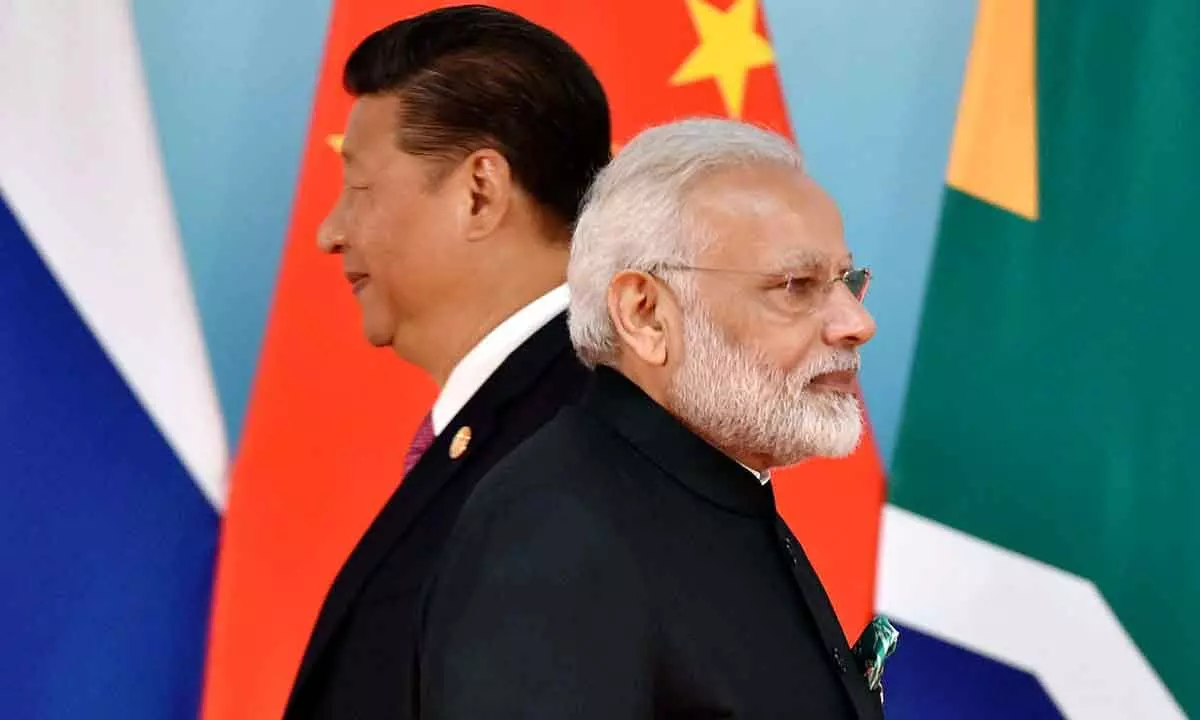India’s geo-strategic moves can dent China’s growth prospects
image for illustrative purpose

India’s emergence as a global power remains in its infancy. Despite claims that China has lost its status as an engine of global growth, India is not yet in a position to replace China. India accounts for seven per cent of global GDP compared to China’s 18 per cent. Supply chains remain sticky, and China will remain central to global supply chains and transnational production networks into the foreseeable future. India should be seen not only as an economic partner but also as a geopolitical partner. India is today in the midst of a major geopolitical repositioning, as it builds stronger strategic ties with diverse countries, including the United States and its allies in the region, especially Japan. The India-China relationship will have elements of both economic cooperation and strategic competition, not unlike the way in which those two elements thread their way through China's relationships with the United States, Japan and others. India will want to maximise its economic relationship with China. But it will also be opposed to any move by China to become the predominant power in the Indo-Pacific and dent Beijing’s expanding interest in the Indian Ocean.
When India looks at China it sees a great power with which it shares a long and disputed border and against which it has gone to war. The Indian perspective is shaped by its desire to preserve the freedom of manoeuvre given that China's rising power could narrow India's strategic choices and flexibility.India is committed to increase significantly its defence capability to buttress its strategic autonomy as a means to its strategic weight. Towards this, it wishes to lessen importing of defence equipment by producing domestically, including through joint ventures. India is a natural target in today’s contested geopolitical landscape as a partner in the newly evolving Indo-Pacific and global frameworks that seek a hedge against China. Reaching out to its enthusiastic partners on the promise of ‘untapped potential’, with shallow economic agreements as trinkets of political exchange, may be a harbinger of change but will not deliver the nation’s global and economic future. The Indian economy, with all its promise, is still quite modest, with a GDP just over $3.2 trillion and a population of around the same size as China.
Even if China’s growth gets stagnant and India grows at 7–8 per cent every year and roughly doubles its income every decade, it will still not catch up with China until 2050 or thereabouts. Without the economic and technological heft that China now boasts, India’s aspirations to become a great power soon will remain just that, aspirational. The US–China strategic competition, Russia’s invasion of Ukraine and the accompanying energy and food price crises, the gnawing sore of India’s dispute with China, slower global growth, high inflation and international interest rate hikes and the ongoing recovery from Covid-19 might discourage the faint-hearted from commitment to this strategic course. It should not. Global markets are still there to be had, investment is there to be won and the rest of Asia into which China is inextricably bound by its own choice is still ready to join.

